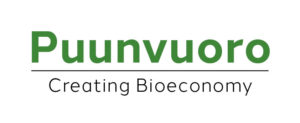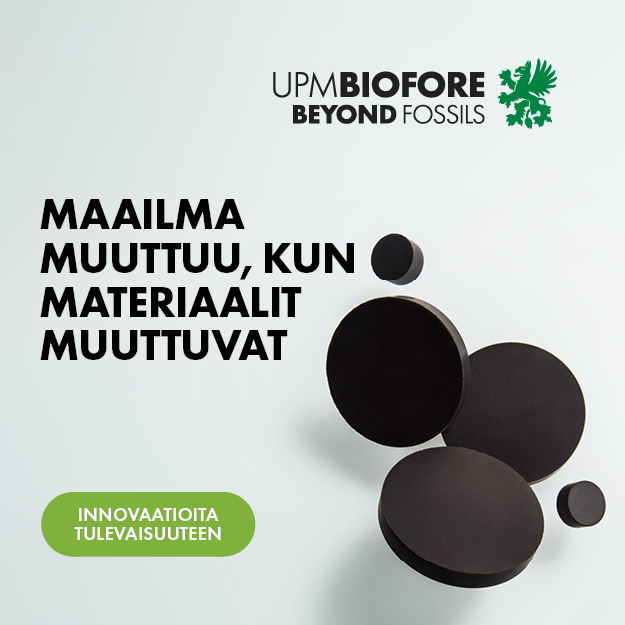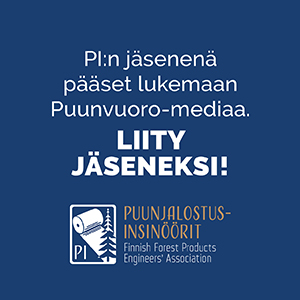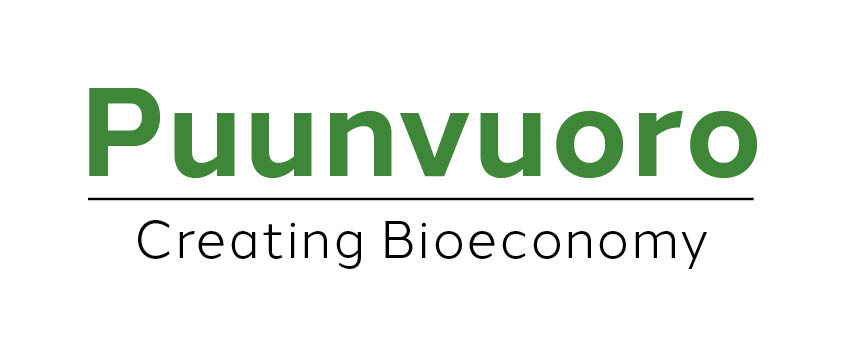Konrad Klockars conducted his doctoral research at Aalto University on structural colours formed by cellulose nanocrystals, building on observations made in Canada in the 1990s. An interdisciplinary collaboration also involved designer Noora Yau.
Structural colours in nature, such as those found in butterfly wings, peacock feathers, or beetle shells, possess a nanoscale structure that gives them their radiant appearance in sunlight. Similarly, structural colours formed by nanocellulose exhibit this mesmerizing effect.
“Nanocellulose can self-assemble into a nanoscale structure, drying into a film or coating with vivid, shimmering colour effects in all the colours of the rainbow. This structural colour layer can be added to various hard surfaces,” explains Klockars.
In his doctoral research, he delved into influencing the formation process of the nanoscale structure, guiding the drying process to achieve specific colour patterns, and addressing drying tensions that impact the durability of the coating.
“While there’s considerable research in this area, the focus has generally been on technical applications, such as optical sensors, polarizers, or composites that utilize the nanostructure. Our approach has been somewhat different, exploring how this can be used for long-lasting decorative purposes, as aesthetic coatings on surfaces like wall panels, furniture, or in interior design for public spaces. Such coatings could also find a place in luxury packaging.
Currently, similar effect colours are produced using pigments, and their manufacture poses significant problems due to toxicity, microplastic issues, and the use of child labour. Nanocellulose would serve as a responsible, non-toxic, and sustainable alternative.
The potential use of structural colours formed by cellulose nanocrystals in automotive paints is a possibility for the future, but this will require extensive research.
“The coating allows most of the light to pass through and reflects only specific wavelengths. This could lead to more beautiful solar panels, for example, on the facades of buildings, without compromising their efficiency.”
In collaboration with Noora Yau, Klockars has closely examined how the material functions as a coating on wood, yielding promising results.
Austrian Expertise in Wood
In August, Klockars will embark on a year-long research exchange to the University of Natural Resources and Life Sciences (BOKU) in Vienna, supported by a €45,500 PI Postdoc grant.
“We’ve noticed that the coating adheres better to the surface of wood than to other materials. While we have qualitative data on this, my intention in Austria is to investigate the interface between the coating and wood more precisely and to determine the reasons behind this.”
The research also includes various durability tests, assessing how well the coating withstands processes like washing, abrasion, and humidity variations.
“The plan also includes exploring environmentally friendly ways to enhance the coating’s resistance to moisture.”
BOKU university in Vienna was chosen for the research exchange since it hosts the most suitable research group.
“For the sake of my family, I preferred a European university and looked for a place with significant expertise in wood. Professor Wolfgang Gindl-Altmutter’s research group in Vienna seemed the most fitting, especially when I discovered that his group has expertise in nanocellulose as well.”
Even currently enjoying his work in a growth company in Otaniemi that produces microcrystalline cellulose, Klockars is eager to return to his own research.
“I’m truly grateful to PI for this grant,” he concludes.




